Intel Micron 3D XPoint Evolving
Storage IO Blog
JULY 25, 2018
Intel Micron 3D XPoint Evolving Intel Micron 3D XPoint Evolving Major memory classes or categories timeline (Image via Intel and Micron) Co-Creators of 3D XPoint the next generation of non-volatile memory (NVM) also known as storage class memory (SCM) or Persistent Memory (PMEM) have announced they will complete joint development of second-generation (..)


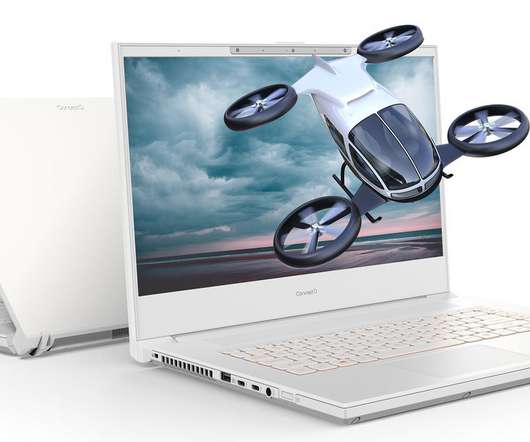
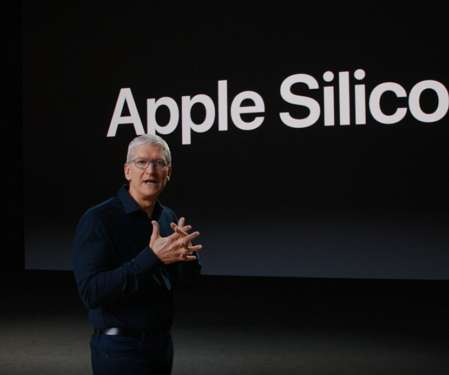
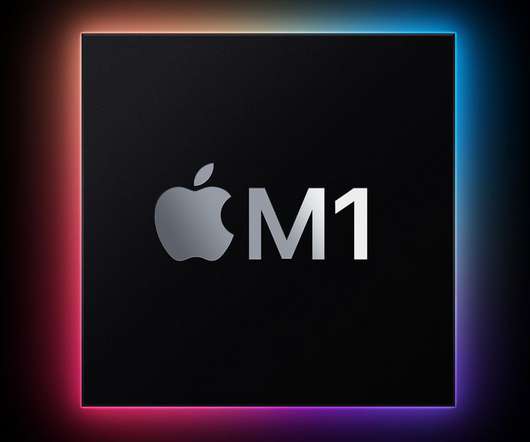
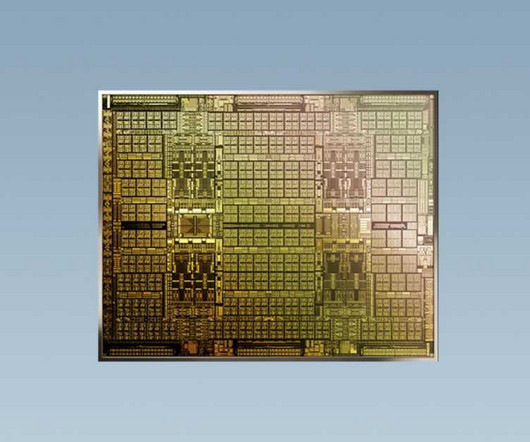

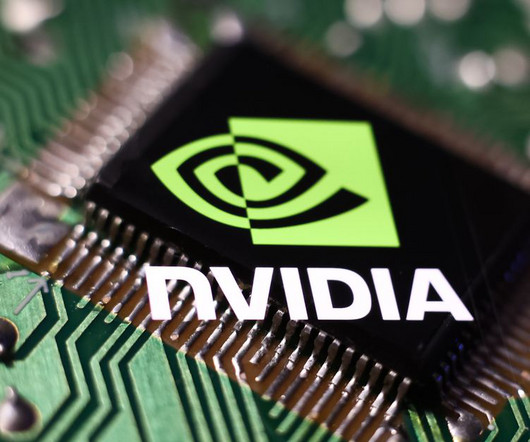















Let's personalize your content